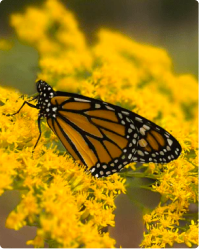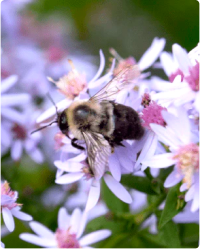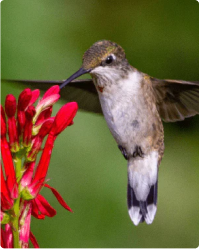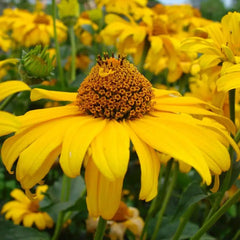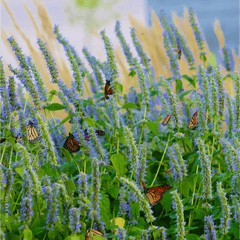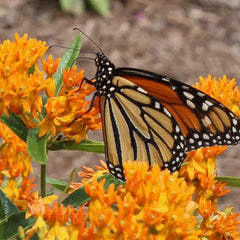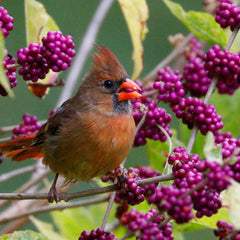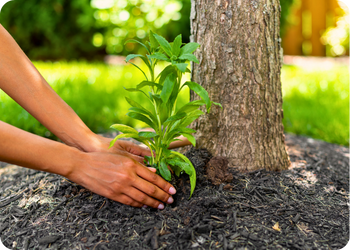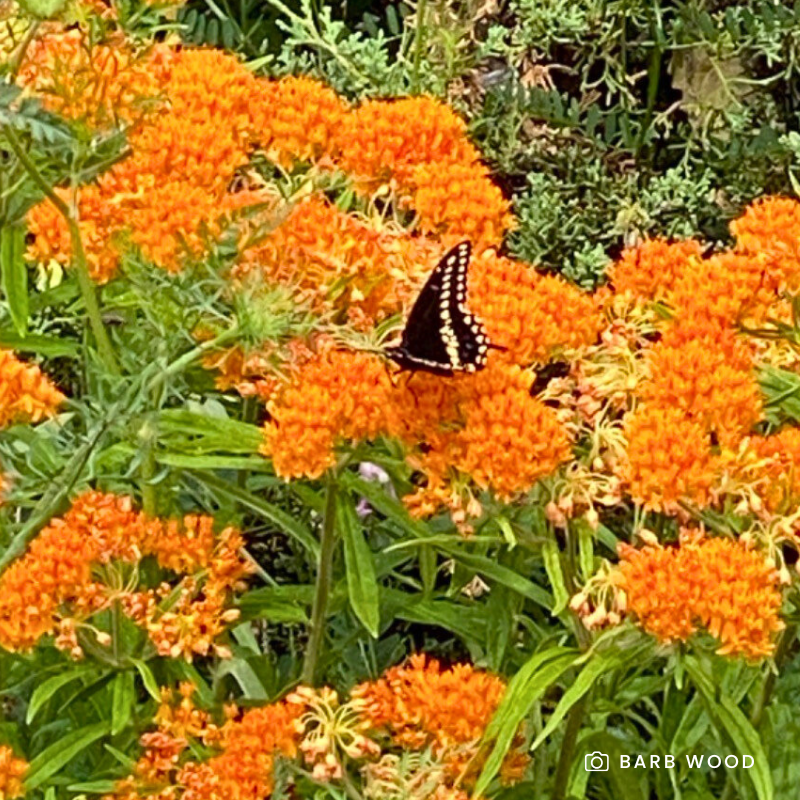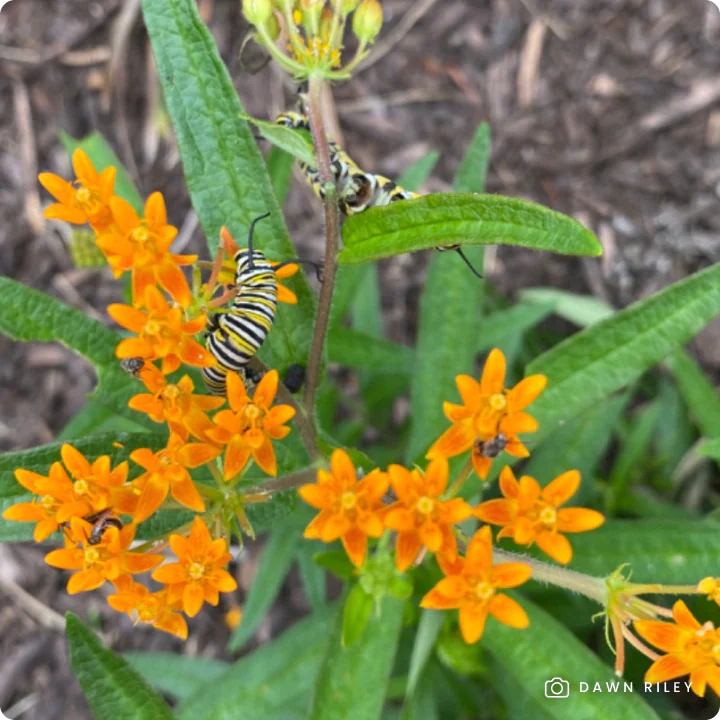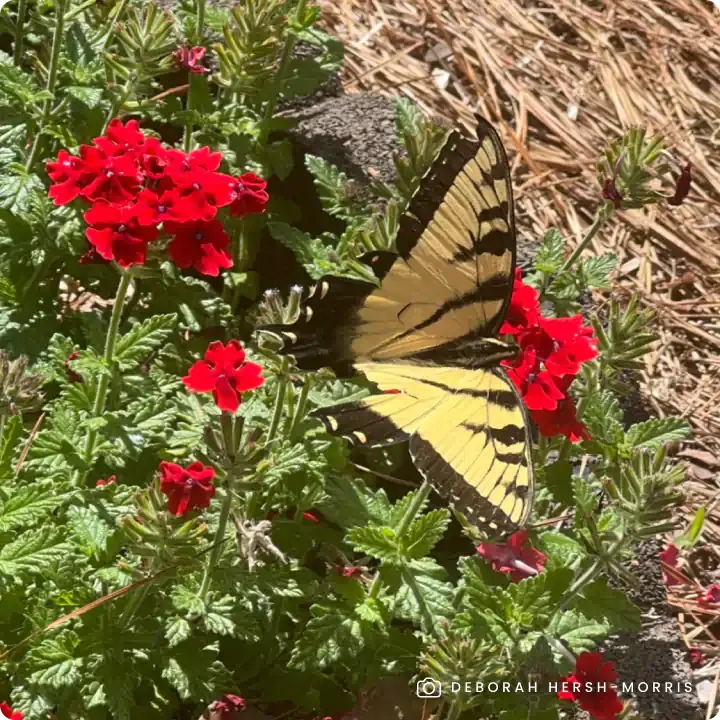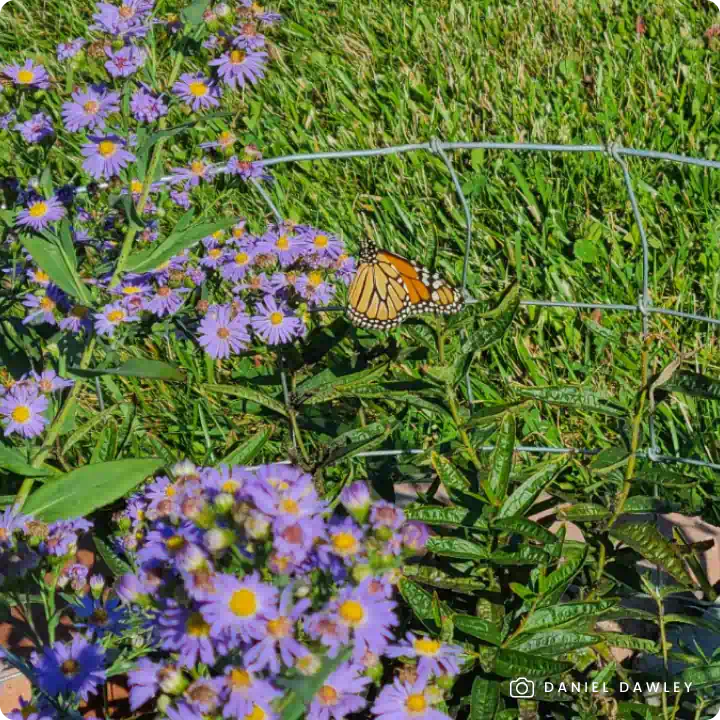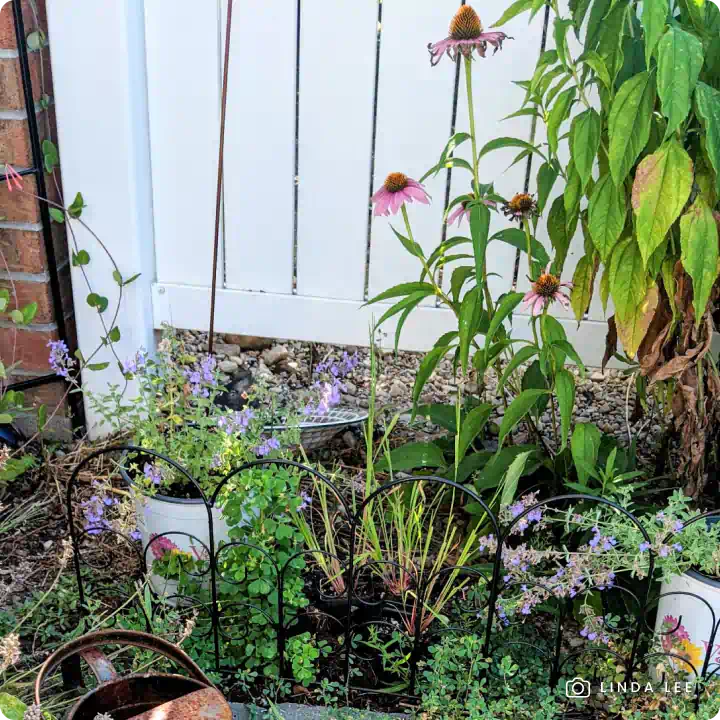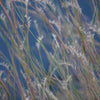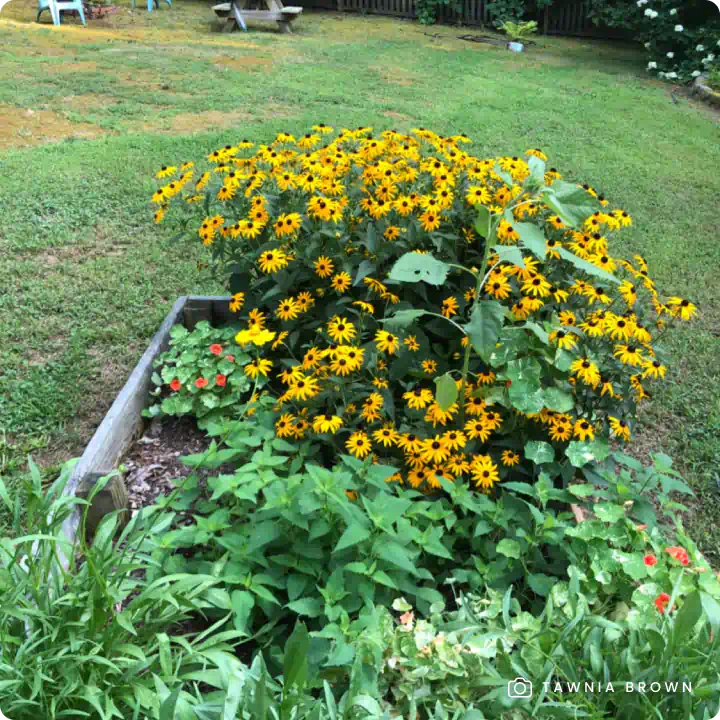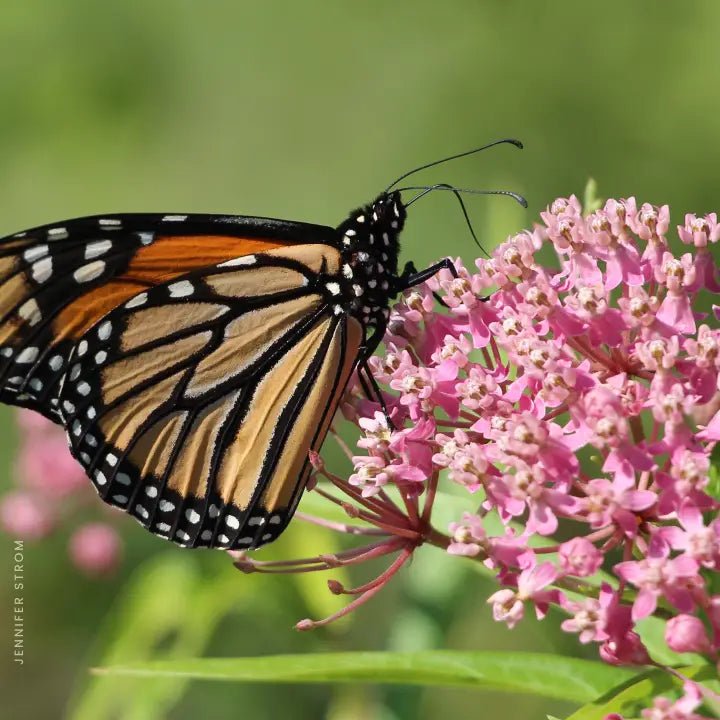Spicebush (Lindera benzoin) is a versatile, deciduous native shrub that thrives in moist, shady areas while providing essential food and habitat for butterflies, birds, and other wildlife. A host plant for the spicebush swallowtail butterfly, this shrub supports native caterpillars and pollinators throughout their life cycle.
In early spring, dense clusters of tiny, pale-yellow flowers emerge along its slender, light green branches, offering one of the first nectar sources for pollinators. As the seasons change, its glossy green leaves turn golden yellow in fall, while female plants produce bright red berries rich in nutrients for songbirds. Even in winter, its aromatic twigs and delicate branching structure provide visual interest in the landscape.
Spicebush is dioecious, meaning male and female plants are separate. Both bear flowers, but only female shrubs produce berries—so planting multiple shrubs increases the likelihood of fruit production. If your primary interest in spicebush is its benefit to wildlife, opt for a 4-pack to increase the likelihood of berry production.
Why Grow Spicebush?
- Host Plant for Butterflies: Supports Spicebush Swallowtail caterpillars and other native pollinators.
- Early Blooms for Pollinators: Produces clusters of pale-yellow flowers in early spring when food is scarce.
- Berry-Rich for Songbirds: Female plants yield nutrient-dense red berries in fall, feeding thrushes, vireos, and other birds.
- Fragrant & Aromatic: Crushed leaves and twigs release a pleasant, spicy fragrance.
- Thrives in Shade & Moist Soil: Perfect for woodland gardens, understory plantings, and rain gardens.
- Four-Season Interest: Offers spring flowers, summer greenery, fall color, and winter texture.
- Pollinator-Safe: Grown non-GMO and free of harmful neonicotinoids, promoting a healthy ecosystem for pollinators and wildlife.
Available as single shrubs shipped in one-gallon containers.
Planting Tips:
- Location: Prefers part shade to full shade but can tolerate some sun with sufficient moisture. Thrives in moist, well-drained soil and does well in low-lying, wooded, or riparian areas.
- Watering: Water regularly during the first growing season to establish roots. Prefers consistent moisture but becomes drought-tolerant once established.
- Spacing & Planting: Space plants 4-8 feet apart for naturalized shrub borders. For berry production, plant at least one male and one female shrub (consider a 4-pack for best results).
- Maintenance: Minimal care required. If desired, prune in late fall or winter to remove dead or crossing branches and maintain shape. Mulch around the base to retain moisture and suppress weeds.
For more information on planting, view our How to Plant Your Native Plants guide and other planting tips in the Garden for Wildlife Learning Center.
Plant Spicebush and enjoy fragrant foliage, early blooms, fall berries, and a thriving habitat for pollinators and birds!
